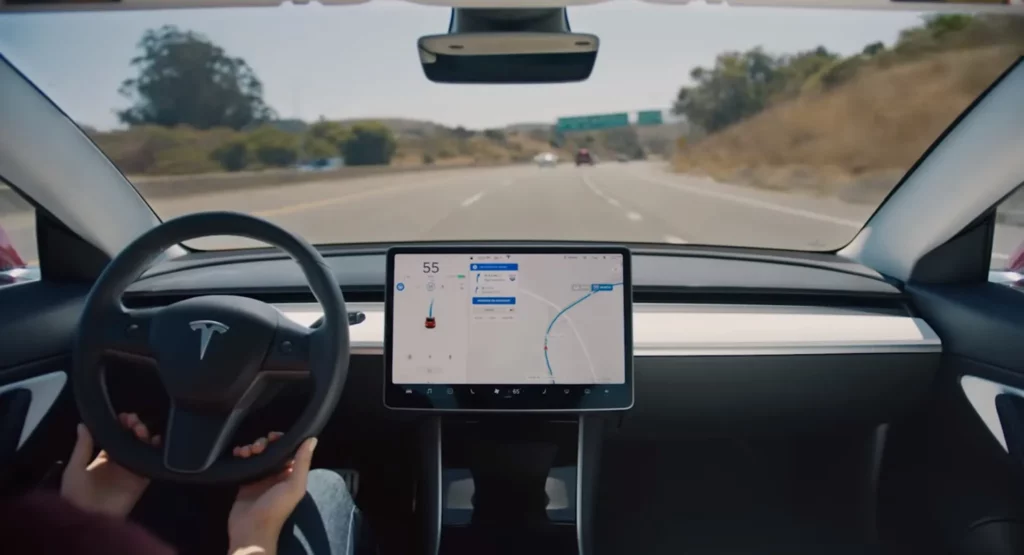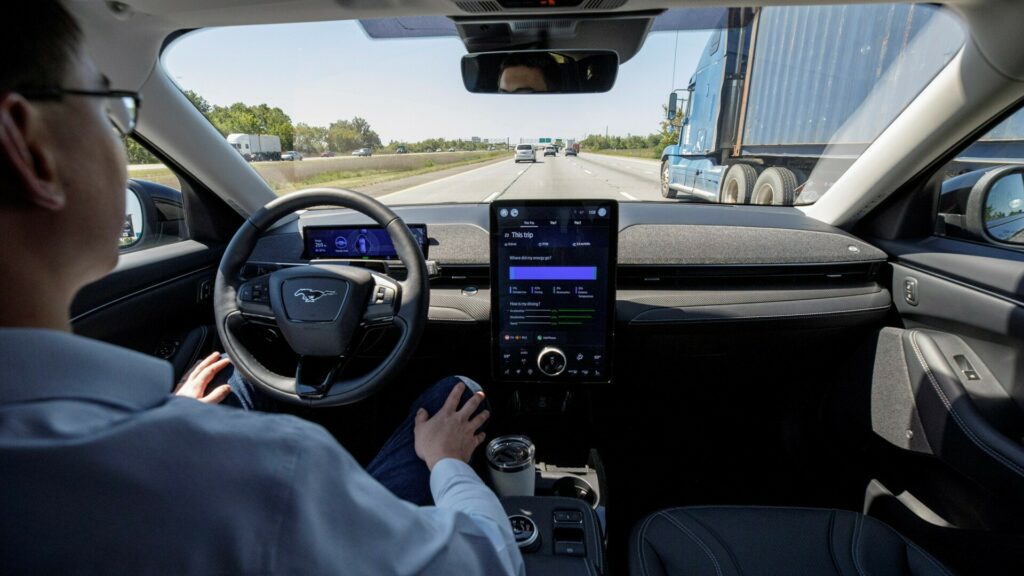Tesla’s second-quarter earnings call was full of news including the fact that it was in talks to license its Full Self-Driving tech. Now, many believe that the ‘major OEM’ that Elon Musk referenced is, in fact, Ford. Here’s why that could make sense and why it could be a different company altogether.
Full Self-Driving has its detractors and supporters but there’s little doubt that it has flashes in the pan of brilliance. To that end, it would make sense for any brand that felt it was lagging behind in the driver-aid game to consider licensing the tech that Tesla has already developed.
Musk has remained open to working with other automakers throughout much of his time as CEO of Tesla. Back in 2014, he touted the value of an open-source platform and as recently as June mentioned that Tesla would be open to licensing FSD and Autopilot.
Read: Tesla Will Let You Transfer $15k Full Self-Driving To A New Car, But There’s A Catch
A recent poll by Teslarati showed that most believe the company that Musk was talking about during that Q2 call was Ford. Recently, Ford and Tesla announced that they’d work together to provide Ford customers access to the Supercharger network by incorporating the NACS charging port in future Ford EVs.
It’s possible of course that Ford isn’t the brand in talks with Tesla. For already makes and sells BlueCruise, seen in our lead image, on many of its vehicles. While far more limited compared to Full Self-Driving in terms of capability, it’s a solid system that has real potential for the future.
To be clear, there are only a handful of companies that qualify as what most consider to be “major” OEMs. Smaller brands like Lucid or Rivian aren’t likely in the running. If we had to guess we’d probably pick corporate partners Hyundai and Kia.
They’re clearly on the up-and-coming and while their driver aids are top-notch, the brand doesn’t have a publicly-known level 3 or higher driver tech plan. Licensing FSD would allow these Korean brands to leapfrog many competitors in the driver-aid game the same way they have in terms of value over the last decade.





